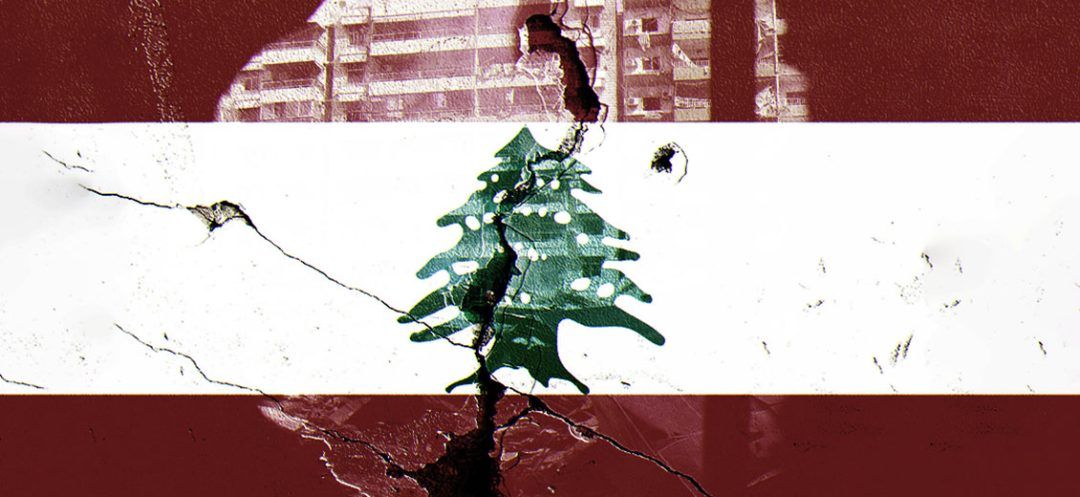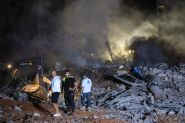- Home
- War in the Middle East
- Political Shiism and the Void Ahead

The assassination of Hezbollah's Secretary General, Hassan Nasrallah, marked the conclusion of the fourth phase in Lebanon's history, known as political Shiism. Each phase has been characterized by the dominance of one of the major sects over the others in various ways.
Political Maronitism prevailed from independence until the assassination of President Bashir Gemayel in 1982. Despite his rebellion against the prevailing political formula, which he effectively buried before his own death, this era granted the Maronites additional privileges. Those privileges sparked debates and contributed to the political disputes that ultimately led to the Lebanese Civil War.
Prominent among those who resisted this status quo was Druze leader Kamal Jumblatt. Although he did not fully experience political Druzism, he led a significant opposition from 1975 until his assassination in 1977. As the leader of the National Movement allied with the Palestinians, Jumblatt confronted the Lebanese Front and its Christian components at the war's outset.
Following the war's conclusion and the implementation of the Taef Agreement, the phase known as political Sunnism emerged, prominently represented by Prime Minister Rafic Hariri. This period saw a transfer of some powers from the presidency to the government, led by a Sunni prime minister. Political Sunnism was characterized by Syrian sponsorship, which persisted until Hariri's opposition to Syrian presence culminated in his assassination. This phase was notable for the economic strategies introduced by Hariri, focusing on openness to Arab countries during years marked by prosperity, luxury, and reconstruction.
Political Shiism began in 2005 when Hezbollah entered the government for the first time after Hariri's assassination, appointing Trad Hamadeh as its first minister in the interim government led by Najib Mikati to conduct the elections. Hezbollah established its presence, filling the void left by Syria and solidifying its role through the Doha Agreement that followed the events of May 7. Consequently, power in Lebanon became rooted in sectarian legitimacy, with a masked tripartite arrangement that inhibited any agreements unless the major sects were involved. Hezbollah leveraged its alliance with the Free Patriotic Movement to secure Christian support, along with Saad Hariri’s acquiescence to pressure for civil peace and Druze backing from Walid Jumblatt.
Political Shiism, with its complexities, has led to the current situation. Its culmination was marked by Hassan Nasrallah's assassination by Israel, aimed primarily at dismantling the military capabilities of this pro-Iranian group.
With the end of political Shiism and the prevailing uncertainty in the region and Lebanon, coupled with Israel's intensified incursions into Lebanese territory to dismantle Hezbollah's infrastructure, the Lebanese people are left with limited options. The next struggle will center on the nature of the forthcoming regime and the approach to Lebanon's diverse components.
Throughout history, each faction has attempted to impose its control through reliance on a single individual. However, none have succeeded in maintaining their rule, except for political Maronitism, which varied with Camille Chamoun's openness, Fouad Chehab's institutionalism, and Bashir Gemayel's military dominance.
Lebanon now stands at a crossroads: either all parties work towards a unified state where all components coexist peacefully and equitably, or Lebanon faces a separation that could dissolve the formula established by the French-British agreement that shaped the Middle East during the world wars. Will it be coexistence or division?
Read more




Comments